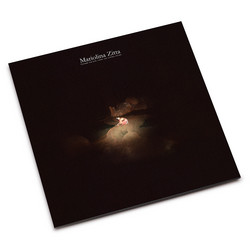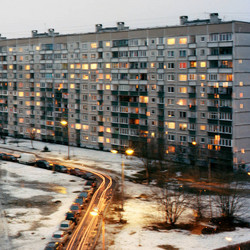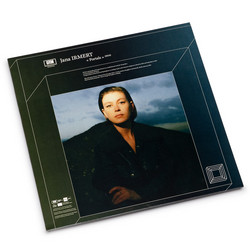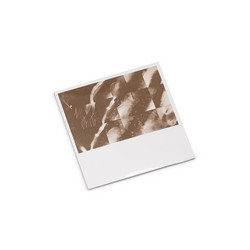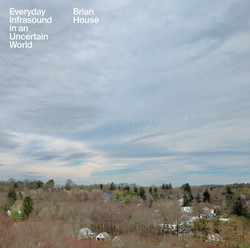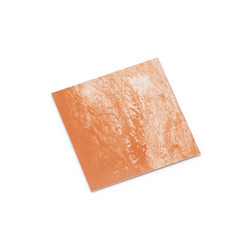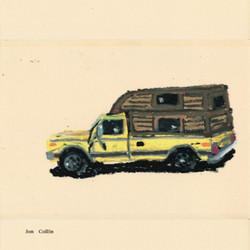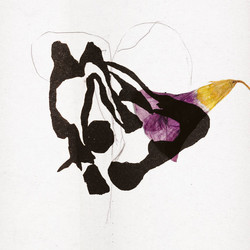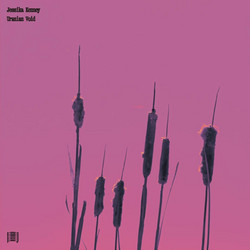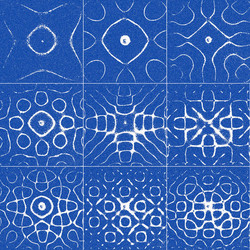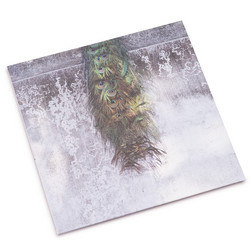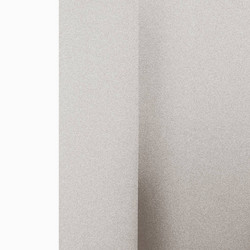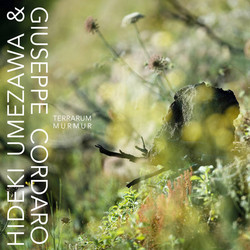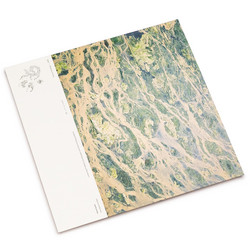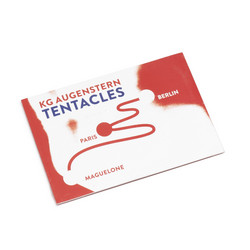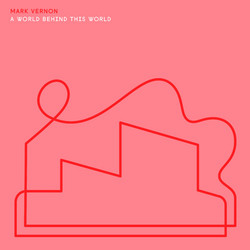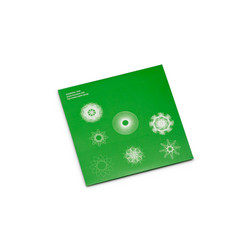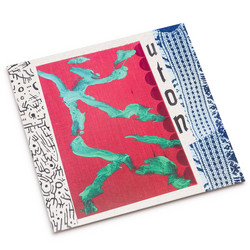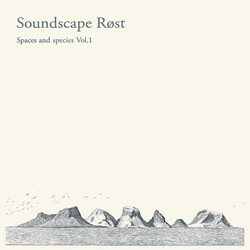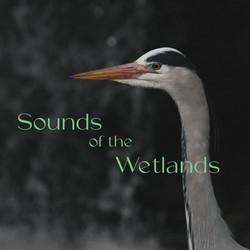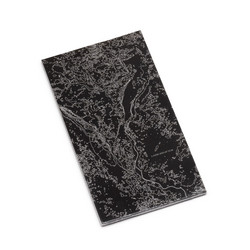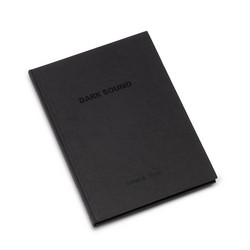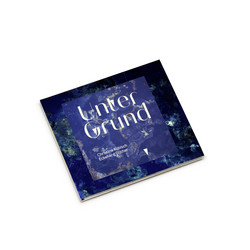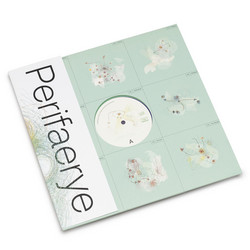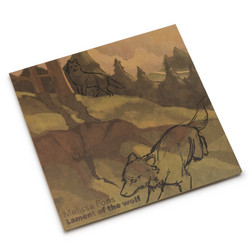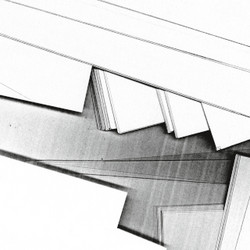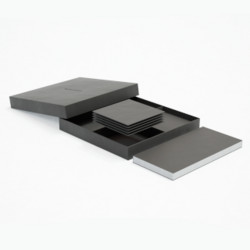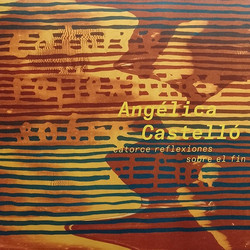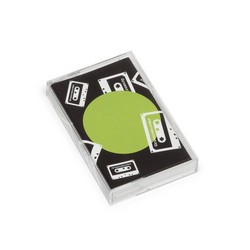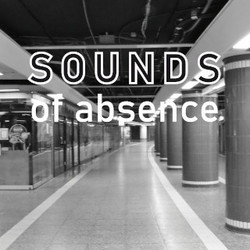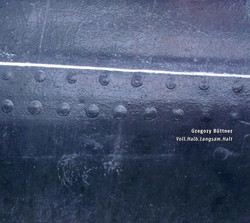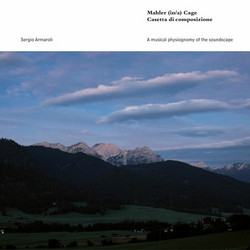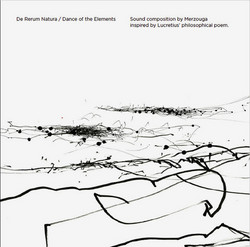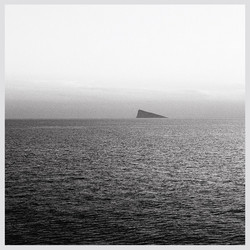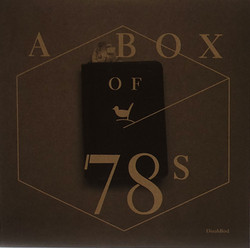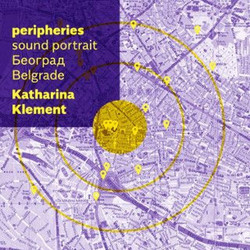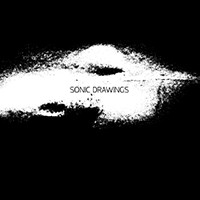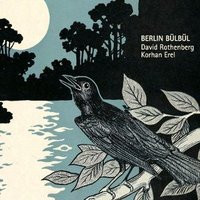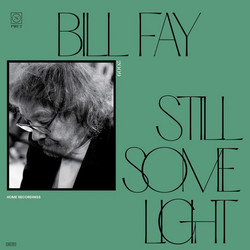“The cold ice burns like the hot fire” wrote Max Beckmann in 1948 in his letter to an imaginary female painter. The extremes of fire and ice have always been a popular metaphor for the opposites of ardent passion and unfeeling frigidity, of flux and torpor – extremes which, for all our polarizing way of perceiving them, are very similar. This is also true, especially so in fact, in the acoustic field: in terms of their behaviour and dynamics, the sounds we associate with fire and ice – as created by volcanoes, glaciers, embers, snowfall and many others – seem to be related and are sometimes almost indistinguishable. The loudest natural sounds on Earth are linked with volcanic eruptions and colliding icebergs. The sounds involved range from the infrasound of volcanic tremors and the so-called “singing icebergs” through to the near-inaudible high-frequency crackling and whistling of falling snowflakes and glowing coals. These extremes of hot and cold lie to either side of the moderate temperatures where life is possible. Nonetheless, a magical attraction is exerted on humankind by these outer reaches of the world it inhabits, as shown by our unbroken fascination with the polar regions and with volcanoes.
The twin works Fire Pattern and Frost Pattern examine the sound worlds of extreme temperatures: beginning with the loudest sound event in each case – volcanic eruption, iceberg collision – the various intermediate states of hot and cold are explored in acoustic terms, embedded in two similar compositional sequences. For both pieces, the field recordings of natural phenomena were subjected to subtle modifications and sonic transformations, and woven into an abstract sound structure that offers a sensory experience of the forces exerted by fire and ice.” Andreas Bick
